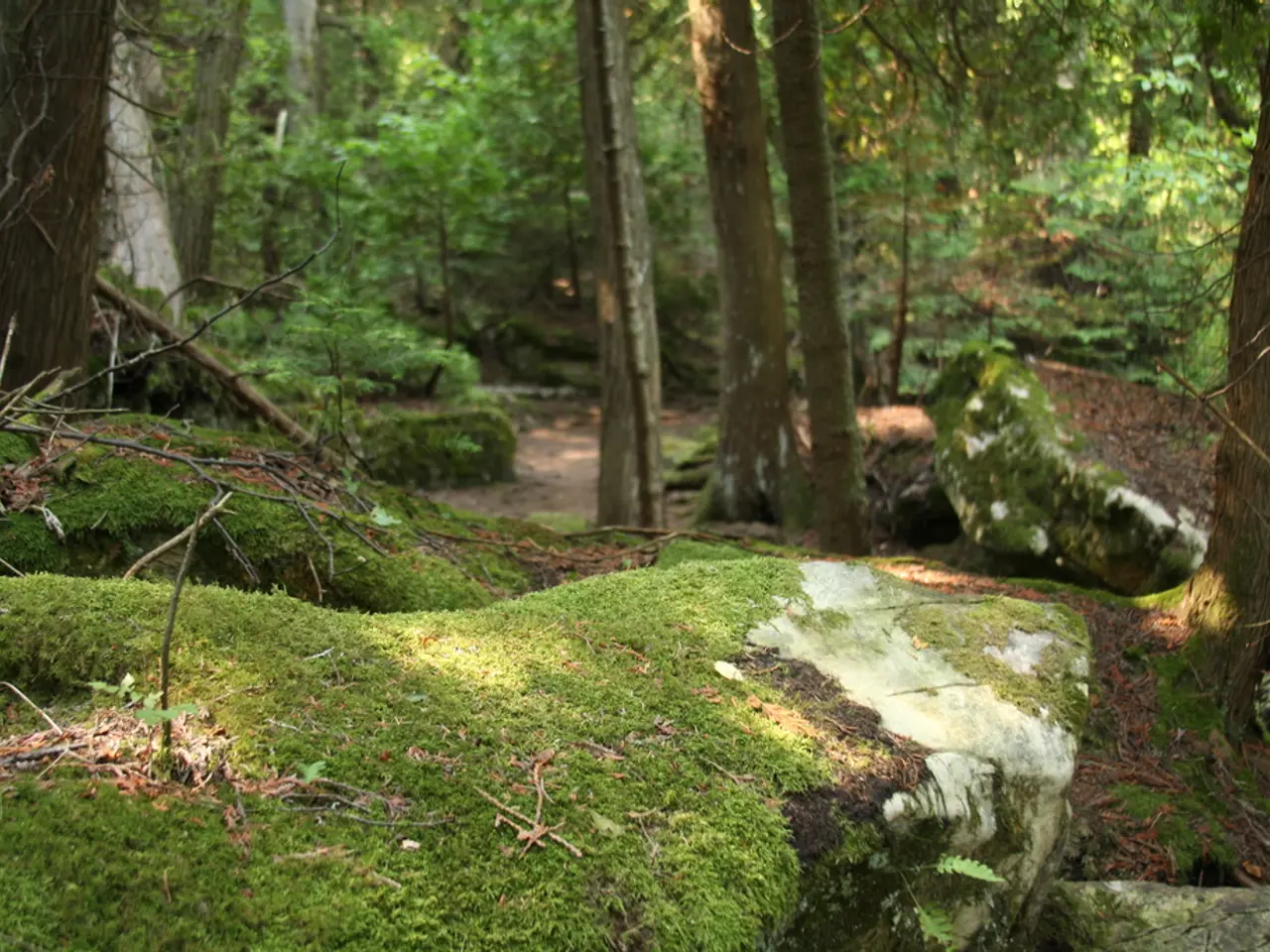Transitioning Greenery: Moving Plants from Sphagnum Moss to Soil
==============================================================================
Moving a plant from sphagnum moss to soil can seem daunting, but with careful planning and gradual transitions, it's possible to support healthy growth. Here's a step-by-step guide to help you make the switch.
Gradual Transition
The key to a smooth transition is to move the plant gradually rather than abruptly. Start by mixing sphagnum moss with soil and gradually increase the soil proportion over several weeks. This slow process helps the roots adapt to their new environment.
Soil Selection
Choose a well-aerated and well-draining soil mix appropriate for the plant species. A mix containing potting soil and perlite in about a 3:2 ratio is recommended for plants like Monstera. This mix provides proper aeration and drainage, reducing the risk of root rot as roots adjust from moss to soil.
Moisture Management
Since sphagnum moss retains moisture differently than soil, carefully manage watering to prevent over- or underwatering during transition. Soil absorbs and drains water differently, so monitor moisture closely and adjust accordingly.
Root Inspection
When repotting, gently remove the sphagnum moss and check roots for health. Trim away any damaged or rotting roots before planting in soil.
Pot Size and Environment
Choose an appropriate pot size to accommodate root growth and use a container with drainage holes. Maintain consistent humidity and light conditions to reduce stress while the plant acclimates.
Optional Top Dressing
Using sphagnum moss as a top dressing after transition can help retain surface moisture and ward off pests, especially in hot climates.
Though there is no direct source explicitly detailing sphagnum moss-to-soil transitions, these guidelines synthesize best practices from related soil mix preparation and plant care techniques.
Additional Tips
- For the first few days, water at least once a day or frequently enough to ensure the soil surface remains constantly moist but not soaking wet. Keeping the soil moist for the first few days after transplanting is crucial for the plant's survival and growth.
- Time your transplanting: Choose a warm, overcast day in the early morning to give the plant time to settle without intense midday sun exposure.
- Gently tease the roots from the root tips away from the moss ball.
- Work in organic matter to a shovel's depth to improve moisture retention, drainage, and root penetration.
- Harden off the plant by gradually exposing it to outdoor conditions before transplanting. Keep the soil moist during this hardening-off period.
- Carefully removing the plant from the moss is essential to avoid damaging roots.
- Select a pot with drainage holes to prevent waterlogged soil.
- Avoid walking on the soil as it may compact it. If the season or climate is dry, spread mulch over the soil to reduce moisture loss.
- Water the plant thoroughly immediately after transplanting. Avoid watering from above; water gently at soil level using a watering can.
- Spread black plastic or landscaping fabric across the site to boost soil temperature a couple of weeks before planting.
By following these steps, you can successfully move your plant from sphagnum moss to soil, ensuring a healthy and thriving plant. Happy gardening!
Plants that are being transitioned from a sphagnum moss environment to a home-and-garden garden setting can benefit from a gradual lifestyle change, just like humans. vegan vegetable gardening techniques, such as slowly mixing the moss with soil over several weeks, can help support healthy growth and reduce stress on the plant. Additionally, when selecting a suitable soil mix for the plant species, consider incorporating a mix containing potting soil and perlite to maintain proper aeration and drainage, thereby reducing the risk of root rot during the transition.






